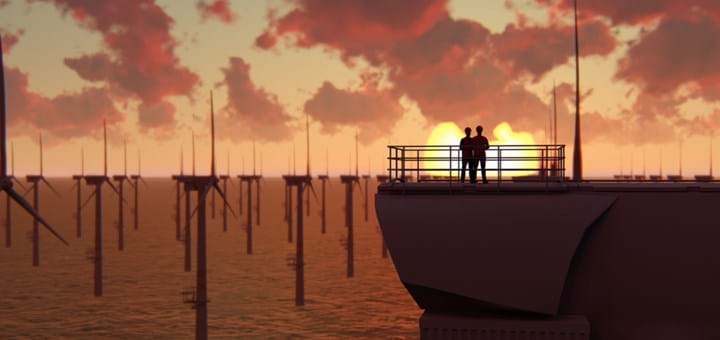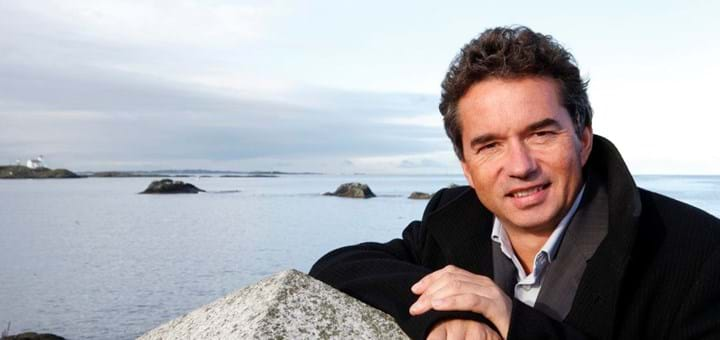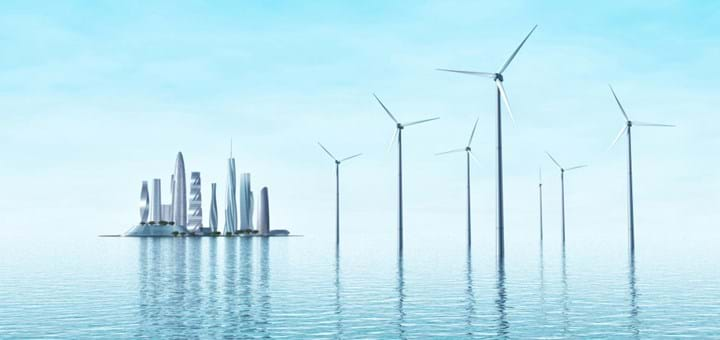Business Clusters and Offshore Wind
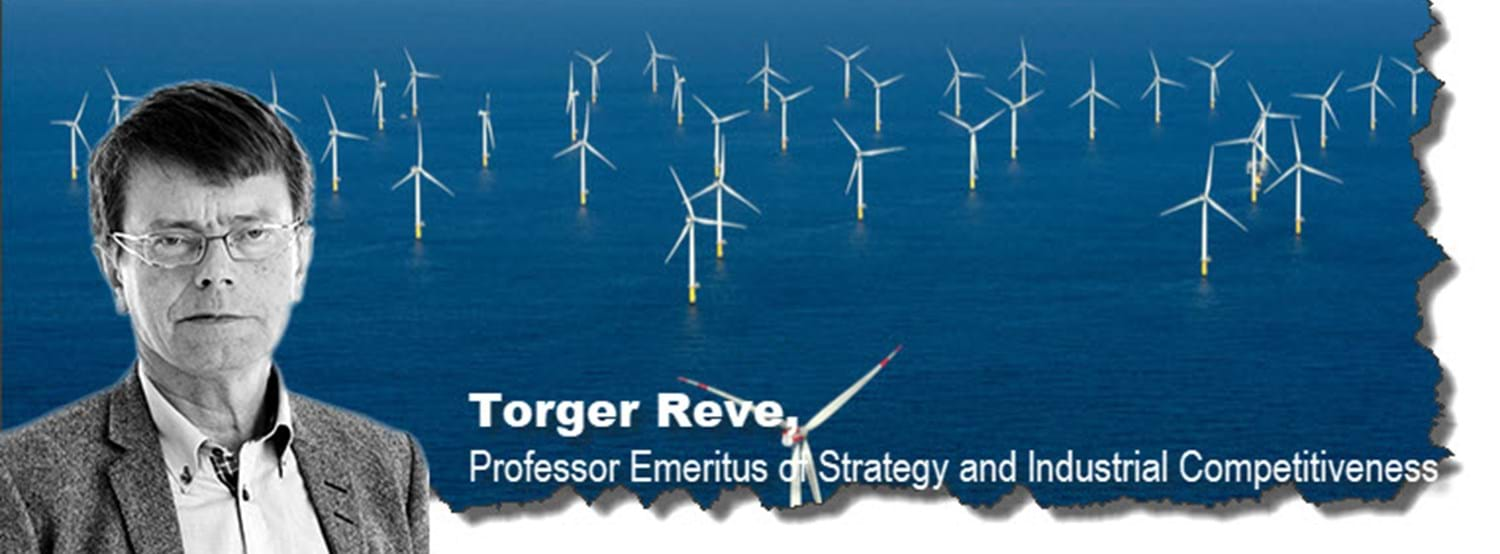
GCE Ocean Technology is one of the three strongest international industry clusters in Norway, according to a new report from Norsk Industri and authored by Torger Reve.
In a new report on business clusters and offshore wind by Norsk Industri, Torger Reve provides thorough insights into business clusters; what they are and how business clusters can contribute to knowledge-based and industrial growth. Reve is Professor Emeritus of Strategy and Industrial Competitiveness and former Rector of BI Norwegian Business School.
The two strongest cluster organizations that also include offshore wind are GCE NODE in Kristiansand and GCE Ocean Technology in Bergen. These are important complementary industrial environments with close relations to the strong offshore wind environment and the Offshore Wind Cluster in Rogaland which is leading with regards to offshore wind, according to the report.
Read full report about Clusters and Offshore Wind (in Norwegian).
Stronger Ocean-Based Clusters
The report discusses some of the research that exists within business clusters and gives a simple model for determining relative cluster strength. Moreover, it gives an overview of the most important international business clusters in Norway.
According to the report, the three strongest international industry clusters in Norway are the ocean-based industries within offshore oil and gas, maritime and seafood. These are strongest in Western Norway, while Oslo has several of the commercial clusters (such as finance, digitalisation and knowledge-based services) on which the ocean-based clusters in Western Norway depend on in order to succeed internationally.
A key point about Norwegian business and industry succeeding in building a relatively complete value chain within offshore wind is that we also have Norwegian operators and investors in large offshore wind projects.
To sum it up a bit, we can say that the Oslo environment has the most important offshore wind companies, but lacks the cluster organizations, while Western Norway has the cluster organizations, but lacks the leading offshore wind companies, Torger Reve.
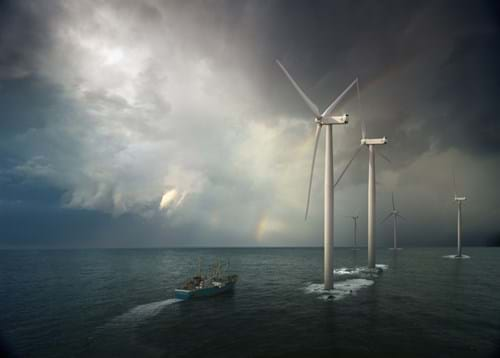
Clusters within Offshore Wind
The report also gives an overview of the most important cluster formations within offshore wind. The strongest cluster being the Offshore Wind Cluster in Karmøy, with main focus on the development and testing of new concepts in offshore wind.
This is probably where Norwegian business has its greatest competitive advantages, but the market for floating offshore wind is still immature and small, compared with the market for bottom-fixed offshore wind farms according to the report.
Moreover, the focus within offshore wind is concentrated around two large companies, Equinor and Aker, and these are both located at Fornebu where Energy Valley, also resides thus being the most centrally located cluster in the offshore wind industry in Norway.
However, the cluster organization is relatively weak, states the report, perhaps because it is difficult to get such large and different players to interact, according to Reve.
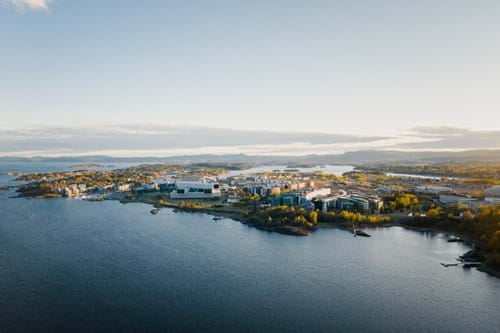
Photo: Fornebu, Oslo
At the same time, the Oslo environment lacks a leading technological research environment as a focus of knowledge. Oslo also has some of the leading investors and operators in offshore wind, such as Statkraft, Hafslund E-CO, Fred Olsen and Aker Offshore Wind.
Moreover, Oslo has the central financial and capital environment, Pensjonsfond Utland, and most players in commercial services. Industrial software that provides the opportunity for more efficient data sharing will be a key factor here, and these companies are also located in Oslo and Fornebu.
We have one of the world's strongest offshore and energy clusters. Then it must also be possible to develop a world-leading offshore wind cluster.
The Two Strongest Clusters
The two strongest cluster organizations that also include offshore wind are GCE NODE in Kristiansand and GCE Ocean Technology in Bergen, according to the report. These are important complementary industrial environments with close relations to the offshore wind environment in Rogaland.
“It is possible to “draw” a common business cluster along the “Offshore wind coast” from Kristiansand to Bergen, with Stavanger as the cluster center of gravity where the headquarters of Equinor, HitecVision’s new offshore wind companies and most of the suppliers within offshore technology, offshore services, operation and maintenance are” claims the report.
The problem, according to Reve, is to get Kristiansand, Stavanger, Haugesund and Bergen to collaborate in a joint cluster organization. He blaims old county boundaries and some “incomprehensible cultural differences” for hindering common business development.
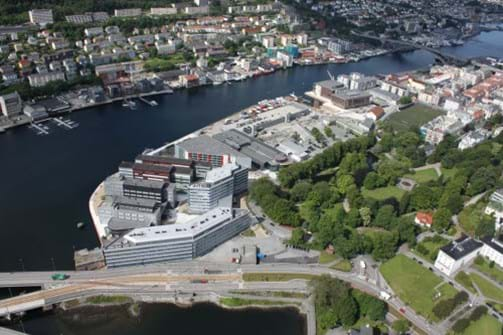
Photo: Marineholmen in Bergen and headquarter of
GCE Ocean Technology. ©GC Rieber
Reve Recommends
The conclusive recommendations given in this report is to establish two strong offshore wind clusters in Norway based on what already exists in Oslo and in Western Norway.
“The most important task for a cluster is to work strongly professionally, conceptually and in terms of competence, not to take care of the political roles. That is the task of the business organizations. Oslo environments are where it is most needed to develop a common and more effective business cluster. It depends first and foremost on what the largest and heaviest offshore wind turbines choose to do. The challenge goes to Equinor, Aker, DNV and Statkraft, as well as to the Kongsberg environment and the financial environment in Oslo. There is already a cluster organization, Energy Valley, which can be strengthened and further developed, or a new structure can be established, for example at the initiative of Norwegian Industry. Norway has a golden opportunity to become one of the world's leading players in offshore wind, and perhaps especially in floating offshore wind. It requires a systematic technological and commercial development based on Norwegian offshore activities and Norwegian knowledge in renewable energy. There are some gaps in the value chain and a number of other weaknesses, but this can be compensated for through collaboration with leading international players. Most important are probably relationships with the major international energy customers, because we are talking about a global market with large volumes and demanding development tasks. It is precisely in such markets that Norwegian business and industry should have the best chances of success; not by being the cheapest, but by being the best” the report concludes.
Read full report about Clusters and Offshore Wind (in Norwegian).
Read full report on Delivery Models for Offshore Wind (in Norwegian).
Contact Information

About Reve
Torger Reve is Professor Emeritus of Strategy and Industrial Competitiveness and former Rector of BI Norwegian Business School, where he also headed the BI Center for Ocean Business.
He has led major national research projects on clusters and business policy, has extensive strategy and board experience, and is a widely used lecturer.
Torger Reve has a master's degree in economics from the Norwegian School of Management and a doctorate from Northwestern University in the USA.
He has researched at Stanford and Harvard and at leading universities in China, Singapore and Japan.
About the Reports
Last year, the Federation of Norwegian Industries received 10 million NOK from the Norwegian Ministry of Petroleum and Energy to map the Norwegian delivery models for offshore wind.
The report about Clusters and Offshore Wind is an attachment to the main report in this project.

